Cats have fascinated humans for millennia, their enigmatic behaviors and expressions often seeming beyond comprehension. Recent studies suggest that these mysterious creatures may understand us better than we think, offering new insights into feline communication. This article delves into the complexities of how cats perceive and communicate with humans, illuminating the mysterious world of our feline companions.
The Evolutionary Background

The evolutionary history of cats provides foundational insights into their communication methods. Unlike dogs, which have lived alongside humans for thousands of years, cats only became domesticated relatively recently. This late start in human-animal interaction impacts the ways cats communicate with us, creating unique challenges and opportunities for mutual understanding.
Understanding Feline Vocalizations
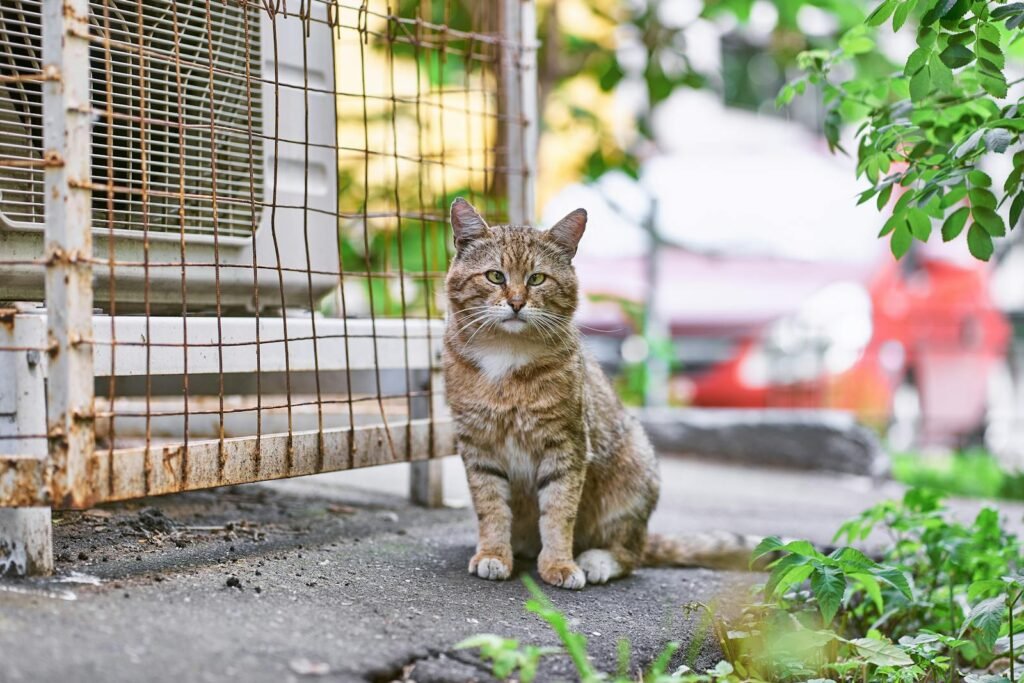
Cats have a repertoire of vocalizations they use to communicate various needs and emotions. From meows and purrs to hisses and growls, each sound serves a purpose. Interestingly, domestic cats rarely meow to communicate with each other, primarily using these sounds to interact with humans, suggesting a level of adaptation to human-centric life.
The Role of Body Language
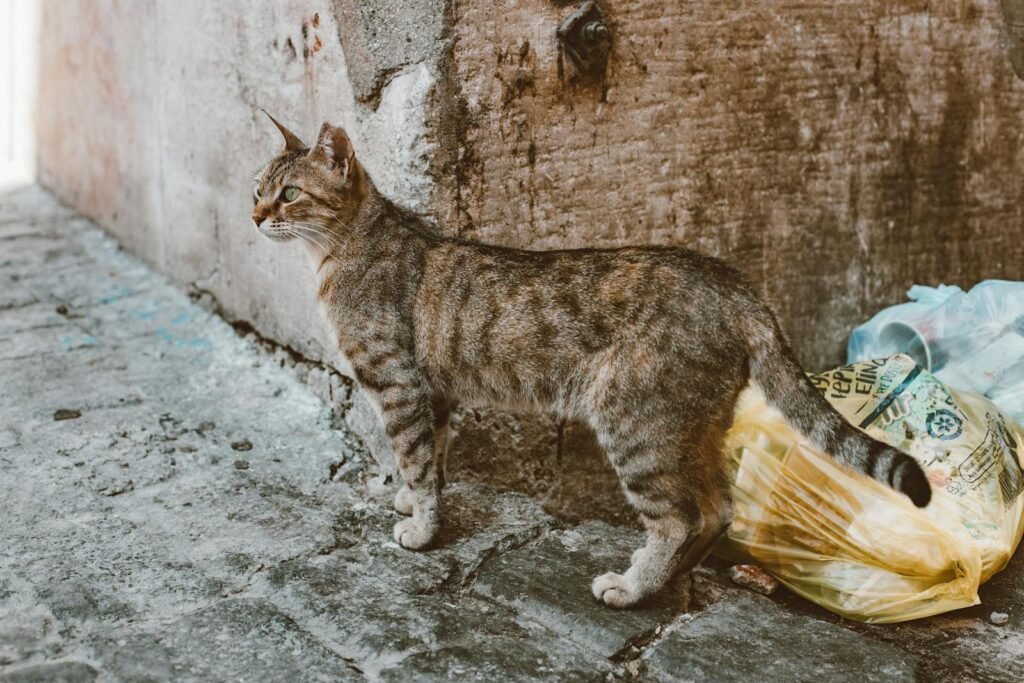
In addition to vocalizations, cats are masters of non-verbal communication. Their body language, including tail positioning, ear orientation, and eye movement, conveys a multitude of messages. Understanding these cues can enhance our ability to connect and communicate with our feline friends more effectively.
The Power of Scent
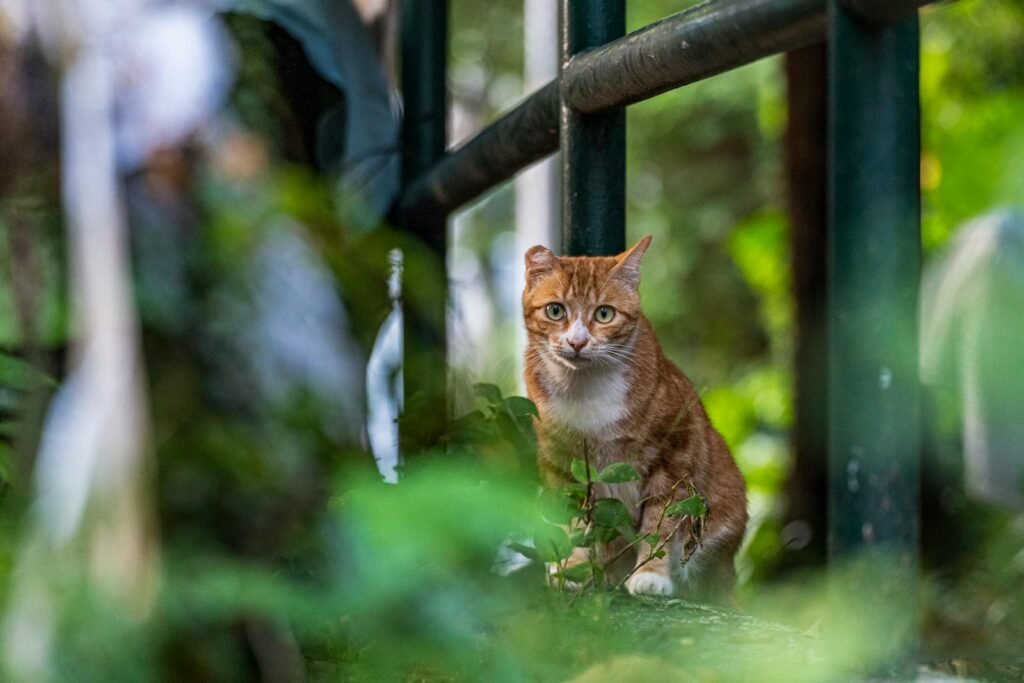
Scent plays a crucial role in feline communication. Cats use their keen sense of smell to interpret their environment and convey messages through scent marking. Although this mode of communication is less perceptible to humans, it is integral to how cats interpret and interact with others, including humans.
Social Structures and Human Interaction

Cats’ historical role as solitary hunters influences their social behaviors, including interactions with humans. While they may not display pack-like behavior similar to dogs, cats do form social bonds and learn to communicate effectively with their human companions, often viewing them as surrogate family members or fellow cats.
Do Cats Respond to Human Emotions?
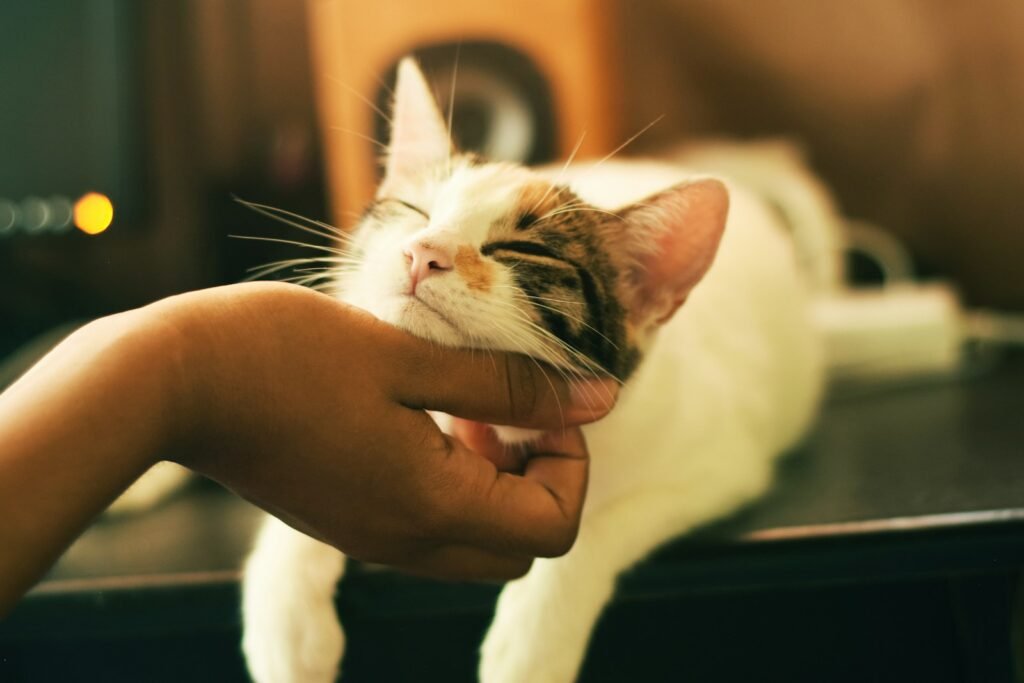
Recent research indicates that cats may be more attuned to human emotions than previously believed. Studies have shown that cats can differentiate between their owner’s and a stranger’s voice and often respond positively to familiar and soothing tones, hinting at an emotional and communicative bond.
Training and Cognitive Abilities
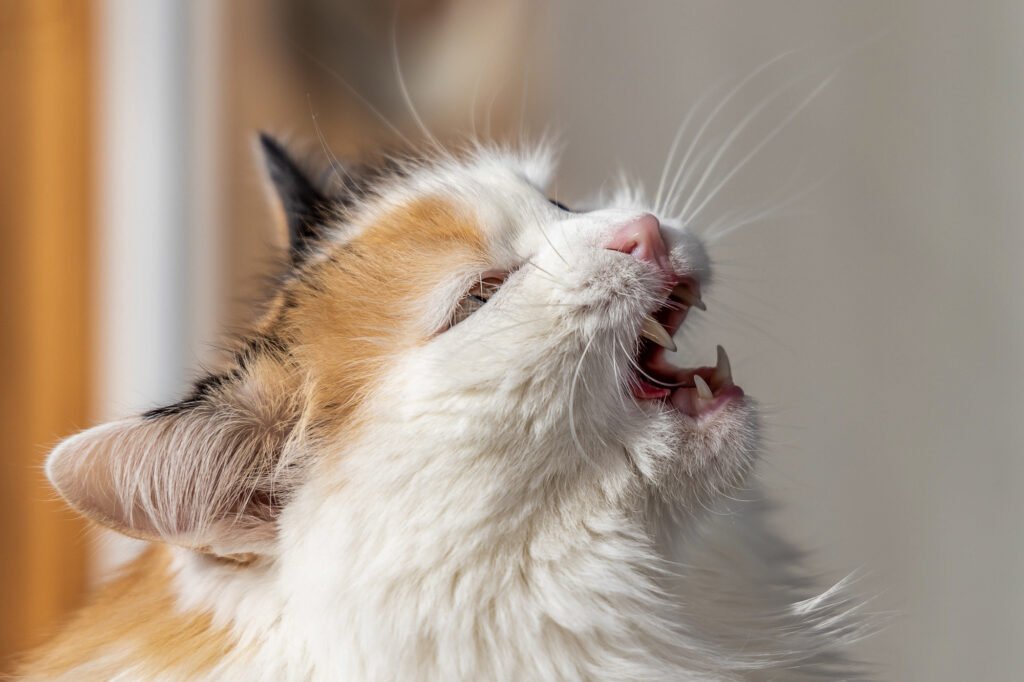
While cats are often considered aloof and independent, they are capable of learning and responding to various commands and cues. Training a cat requires patience and understanding of its communication methods, but it opens the door to deeper interaction and comprehension of their cognitive abilities.
Cats as Observant Learners
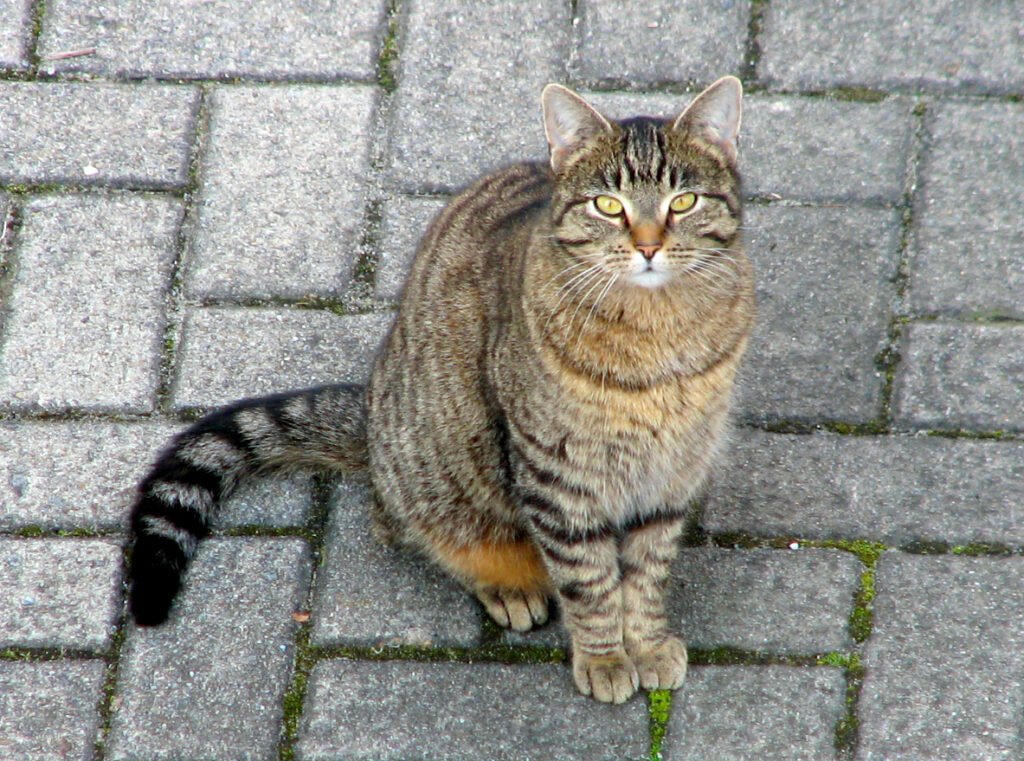
Cats are observant by nature, often noting patterns and routines within their environment. They can adapt to these patterns when interacting with humans, picking up on the nuances of gestures and routines—an indication of their subtle yet significant learning and communication capabilities.
The Future of Feline Communication Research
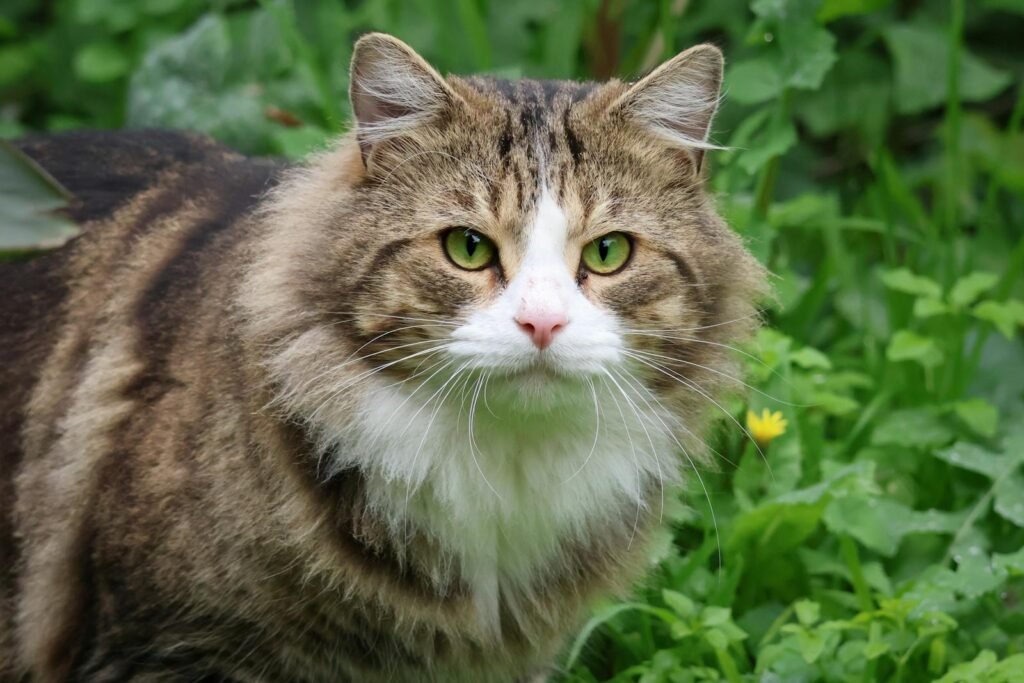
As our understanding of feline behavior continues to grow, new technologies and research methodologies offer promising avenues for exploring cat-human communication. Further studies could reveal even more about how these intelligent and enigmatic creatures perceive and interact with the world around them, potentially reshaping the way we engage with them.
A Deeper Connection
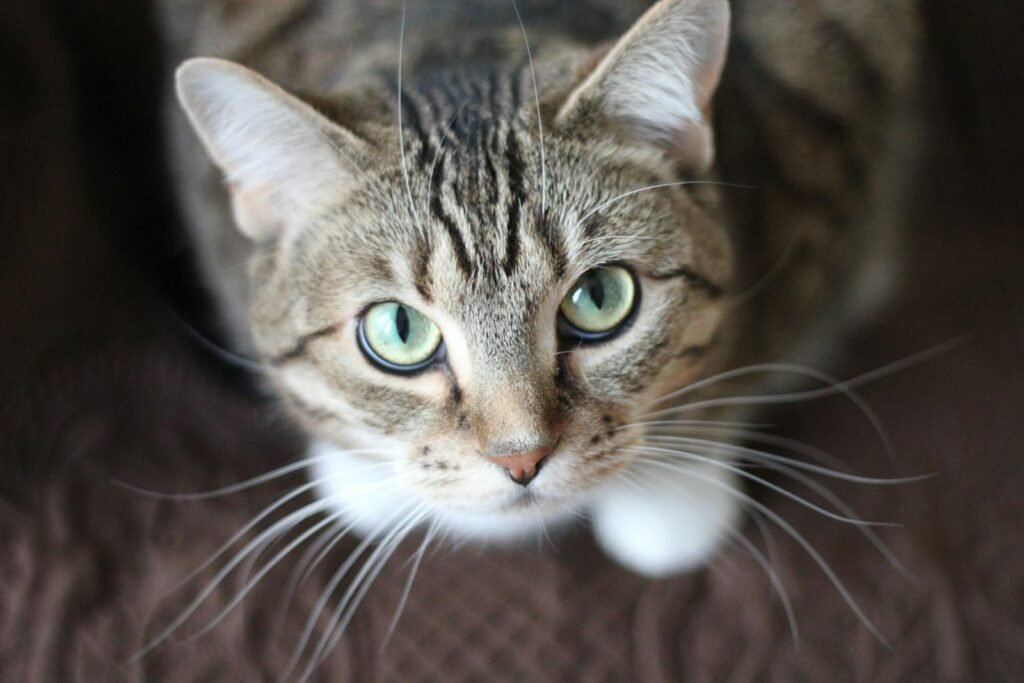
While cats may appear inscrutable at times, their communication capabilities are more profound than we often give them credit for. Recognizing the complexities of feline communication can not only improve our relationships with these beloved pets but also provide a greater appreciation for the subtle and intricate world of animal communication. As we continue to explore this fascinating subject, we may find that our feline friends understand us much better than we ever imagined.

Growing up traveling and experiencing new cultures and wonders, I have had a passion for nature, adventuring, photography, and videography. I am currently working towards a BSc in Biodiversity and Ecology at Stellenbosch University, and I hope to specialise in Marine Sciences one day.
Please send any feedback to Feedback@animalsaroundtheglobe.com






